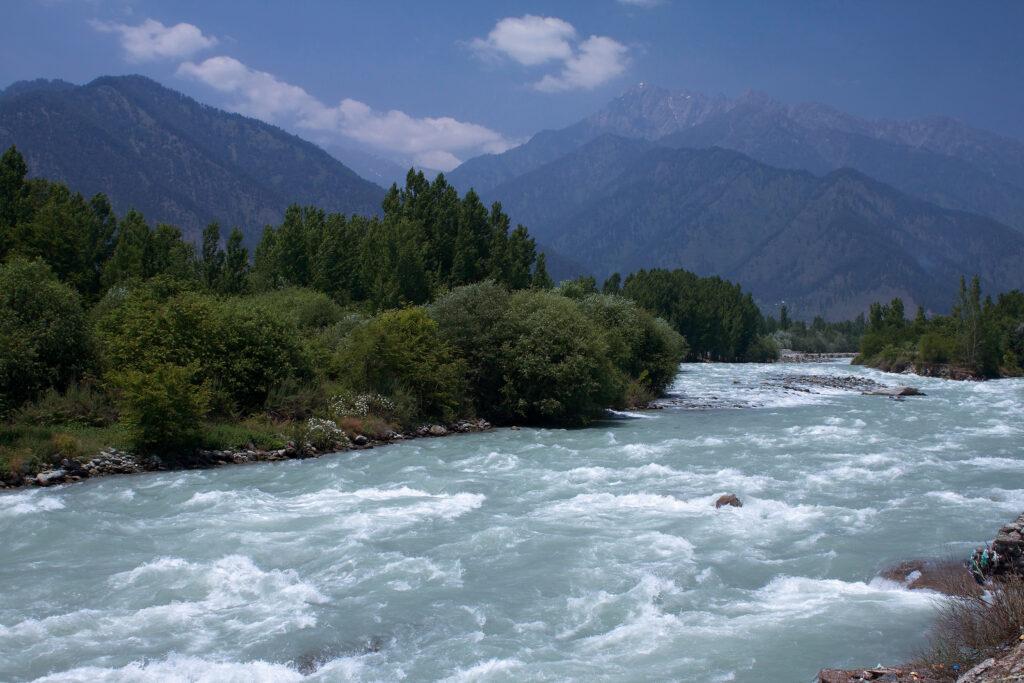
India, a land characterized by its diverse landscapes and rich cultural tapestry, houses numerous remote areas that brim with untapped potential for tourism. Many of these regions, however, face significant challenges related to water scarcity, which not only affects the local communities but also hampers their ability to attract tourists. Investing in proper water storage systems can play a pivotal role in enhancing the tourism experience in these areas, leading to economic growth and sustainable development.
The Connection Between Water and Tourism
Water is a crucial resource for any tourist destination. Clean drinking water, adequate sanitation, and recreational water activities are essential for attracting visitors. In many remote areas of India, the scarcity of water leads to inadequate facilities, discouraging potential tourists from exploring these regions. Therefore, implementing effective water storage solutions can transform the tourism landscape by ensuring a reliable supply of this essential resource.
Enhancing Amenities and Visitor Experience
Improvements in water storage and supply can significantly enhance sanitation and hygiene facilities in remote tourist spots. By establishing rainwater harvesting systems, reservoirs, and efficient water management practices, local governments and tourism stakeholders can ensure that hotels, guesthouses, and food outlets have access to sufficient clean water. This not only elevates the visitor experience but also aligns with global standards of hospitality.
Moreover, well-kept water resources can increase the attractiveness of the destination itself. For instance, lakes and waterfalls can be developed into scenic spots for leisure activities, thereby creating opportunities for eco-tourism and adventure tourism. Activities such as kayaking, fishing, and birdwatching become feasible with stable water reserves, encouraging a diverse range of tourists to explore these hidden gems.
Supporting Local Communities
Proper water storage solutions do more than just serve tourists; they also contribute to the well-being of local communities. Improved water availability can facilitate agricultural pursuits, enhance food security, and reduce migration from these areas to urban centers in search of better living conditions. As local residents thrive, they are more likely to engage in tourism-related businesses, such as guiding services, handicraft production, or homestays, thus creating a sustainable local economy.
Additionally, the infusion of tourism revenue back into communities can fund further improvements in local infrastructure, including health and education, creating a virtuous cycle of development.
Sustainable Practices and Environment Conservation
Investing in water storage does not only promote tourism; it also fosters a culture of sustainability. By adopting rainwater harvesting and recycling wastewater for irrigation or other non-potable uses, remote areas can effectively manage their water resources while preserving local ecosystems. This approach is especially crucial in India’s drought-prone regions, where climate change poses significant challenges.
Moreover, areas that showcase their sustainability efforts through eco-friendly practices are more likely to attract environmentally conscious tourists, who are increasingly seeking destinations that align with their values.
Conclusion
The intersection of water storage and tourism development in India’s remote areas presents a unique opportunity to rejuvenate economically challenged regions. By prioritizing the establishment of robust water management systems, stakeholders can not only enhance the tourist experience but also uplift local communities and promote sustainable practices. In doing so, India can unveil the hidden treasures of its remote landscapes, fostering a tourism model that is inclusive, responsible, and economically viable. Investing in water storage is not merely an act of infrastructure; it is a step toward enriching lives, reviving traditions, and paving the way for sustainable tourism growth in the breathtaking heart of India.


